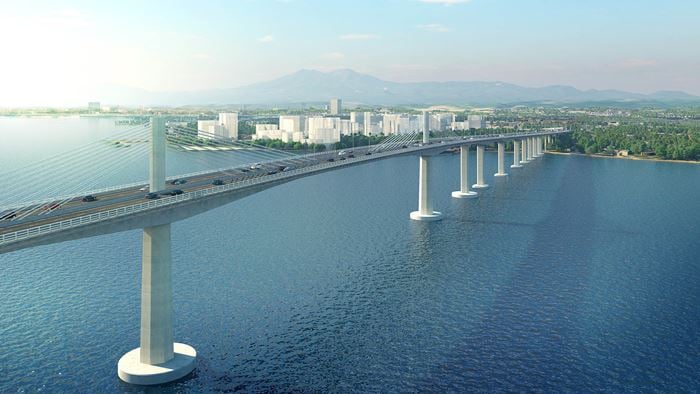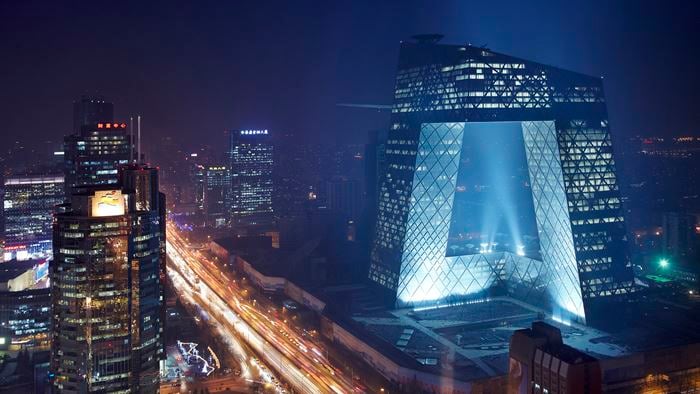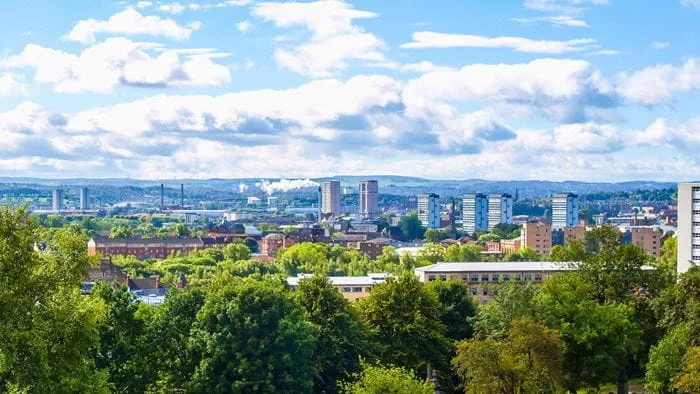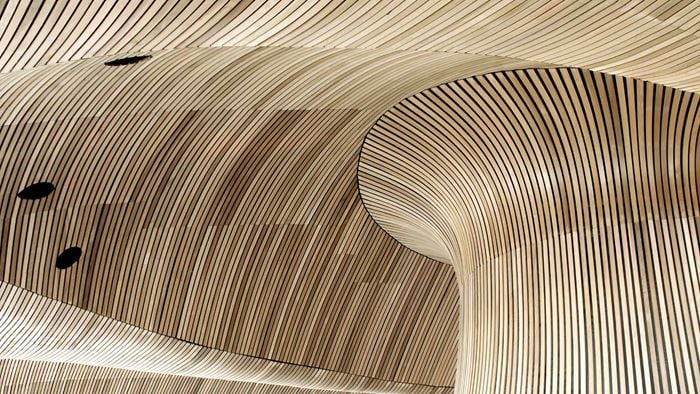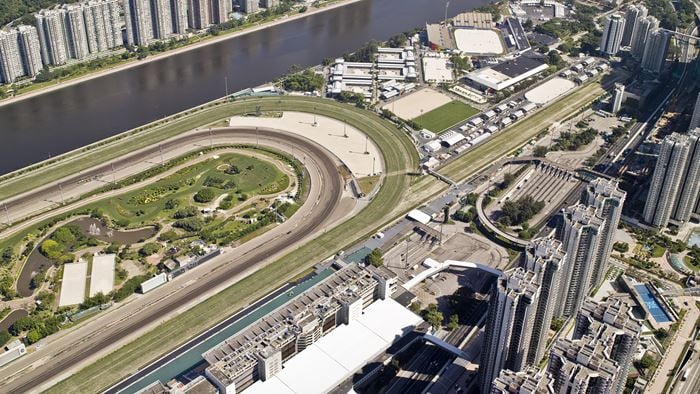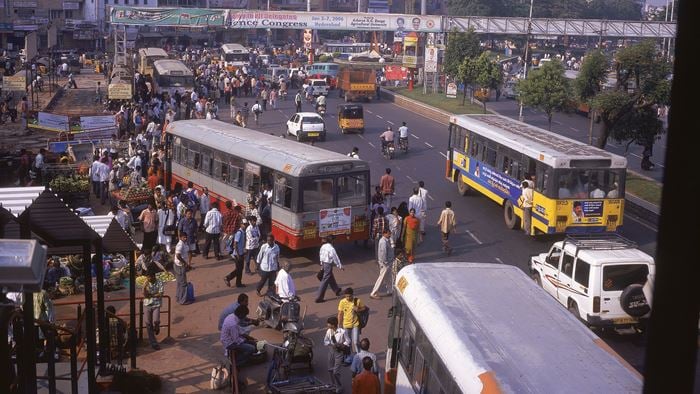The City of San Jose hired Arup to help determine the efficacy of installing a next-generation personal rapid transit (PRT) system in the mold of London’s Heathrow Airport PRT system at San Jose’s Mineta International Airport. The city’s vision is to create a leading-edge, highly sustainable, demand-responsive PRT system to provide enhanced connections between the airport and surrounding regional transit systems. Working in cooperation with Aerospace Corporation, a systems engineering firm, Arup was tasked with assessing the ridership demands, technology options, financial requirements, and environmental impacts of the project. If given the go ahead, the San Jose Airport PRT system would be one of only a handful of personal rapid transit systems in operation around the world.
The PRT system envisioned by the City is comprised of small (four-to-six passenger), lightweight, computer-controlled vehicles running on a dedicated guideway. Fully automated and dispatched on demand, the system promises to be highly-efficient, allowing riders to avoid traffic delays and save time by going directly to their desired destination without making numerous stops. The vehicles and associated infrastructure are also expected to have fewer impacts on the environment. The client hired Arup to verify that the PRT system would meet client expectations and deliver the projected benefits.
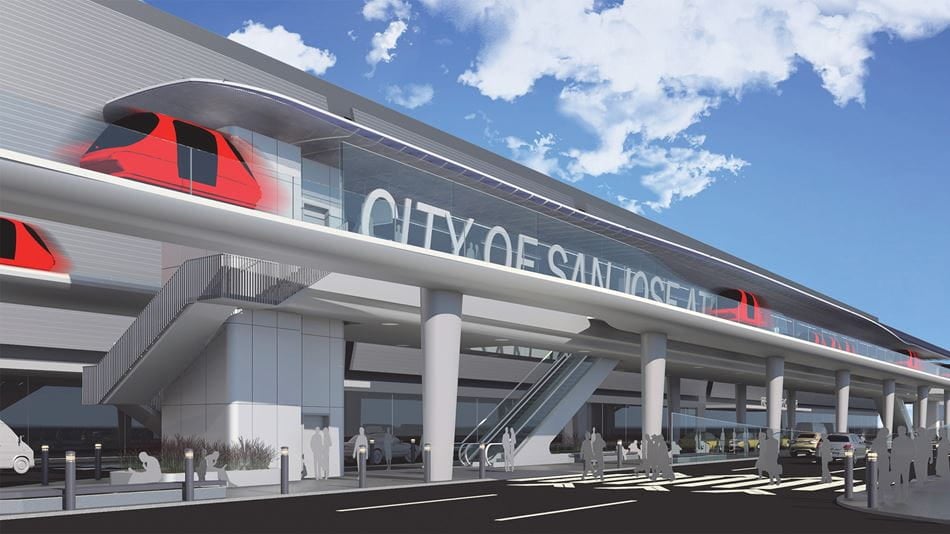
Arup’s team of infrastructure and structural engineers, along with our transportation and environmental planners, worked closely to define utility and regulatory requirements, assess associated environmental impacts, and determine the best routing options and locations for the system’s stations and guideways. All efforts were made to keep recommendations as flexible as possible to allow for the participation of a broad array of vendors should the project move forward. The three final design options delivered to the client were determined not simply based on their efficiency and cost-effectiveness, but also on the level of risk associated with them.
Maximizing efficiencies
Assessing the tasks involved in the feasibility study based on risk allowed the team to maximize the efficiency of the PRT system. Issues were carefully ranked in terms of importance, ensuring that priorities were clearly defined early on and that less pressing issues didn’t create unnecessary delays.
Arup’s comprehensive appraisal of the ridership demands, technology options, financial requirements, and environmental impacts of the project helped the client determine if the system would deliver the expected benefits in advance of any significant money being spent.
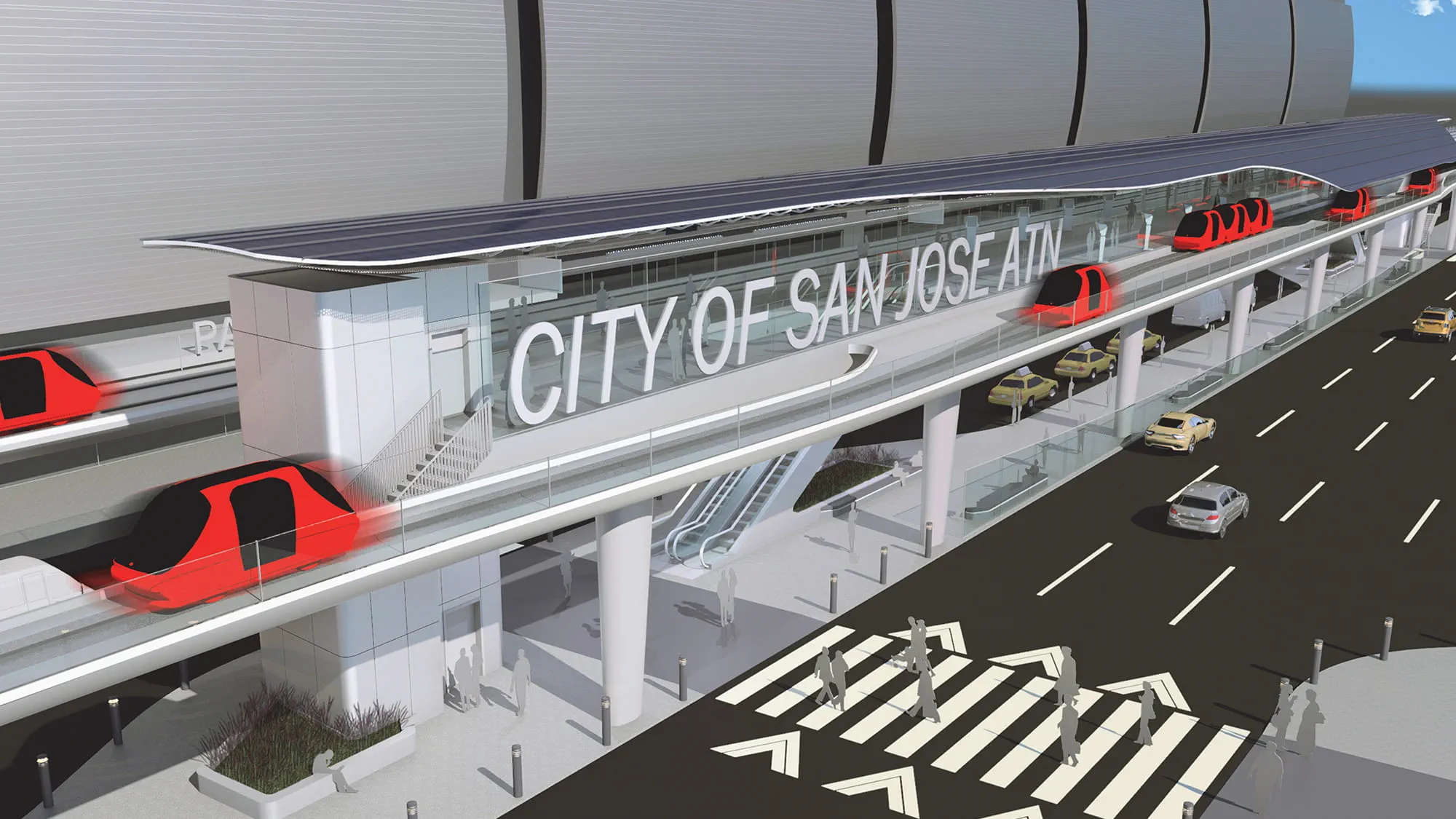 ;
;

